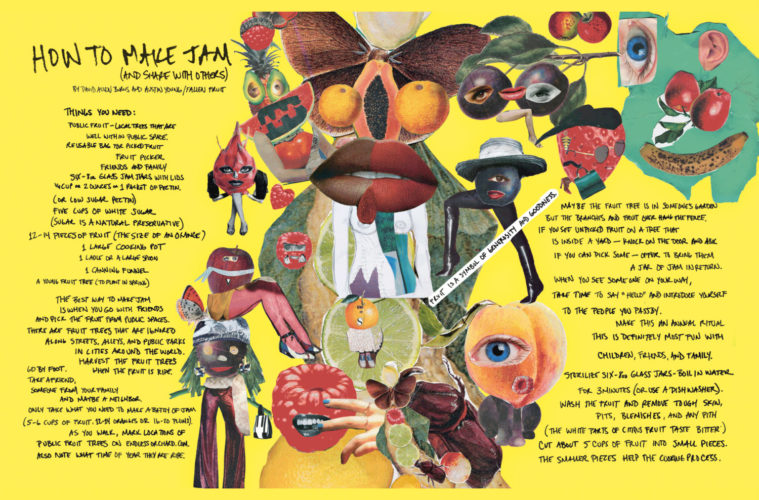When someone is a talented chef, folks say “they are an artist in the kitchen.” But sometimes, there’s literally just an artist making food, in the kitchen—or an artist thinking about and depicting food in creative, spiritual, narrative, documentarian, aesthetic ways, even portraiture; or an artist considering the role of food in their own personal ancestry; or a foodie pursuing a visually compelling, story-rich perspective on centuries of world history that starts where everything starts: with breakfast. Here are three beautiful books for the art-loving gastronauts in your life, recipes included.
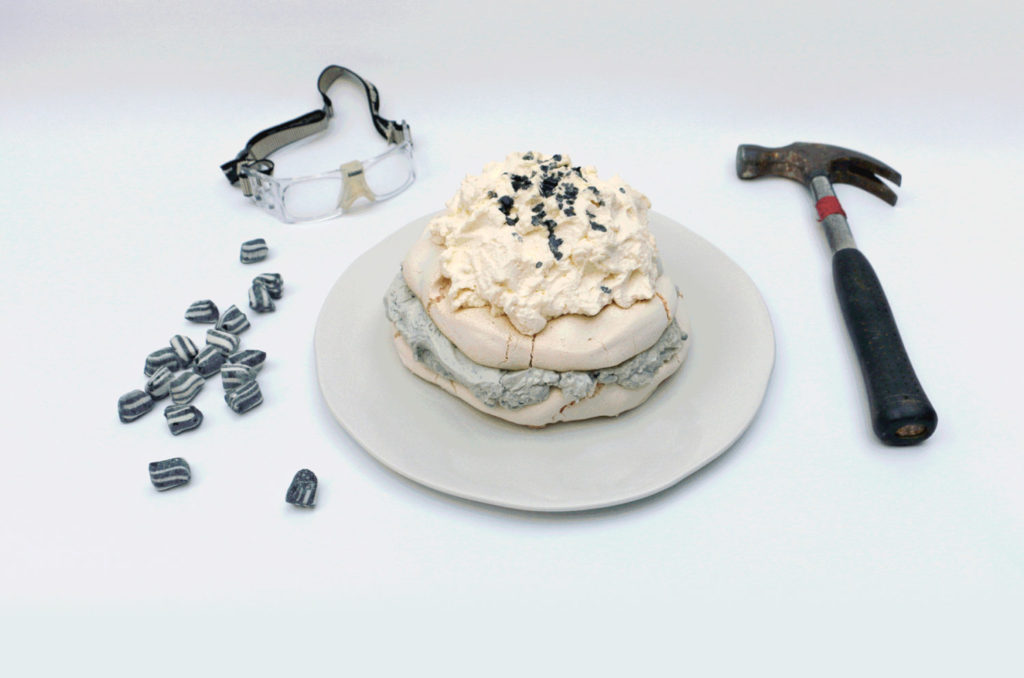
The Kitchen Studio (Phaidon) Laura Wilson: The Humbova (Courtesy of the artist)
The Kitchen Studio: Culinary Creations by Artists (Phaidon)
Is it a cookbook or an art book? It’s both and it’s neither. A diary, a sketchbook, an exhibition in bound-pages form… The Kitchen Studio explores in words and pictures the personal relationship to food of more than 70 contemporary artists from around the world and across the full spectrum of styles and genres. Photography, painting, performance art, sculpture, design, social practice, video, and conceptualism are all on the table (pun intended) as some of the most intriguing figures in visual art contribute not only recipes—with varying degrees of functional specificity from hyper-detail to abstract gesture—but also images, ranging from crisp, bright food porn to interpretive evocation and stage directions. In ways both on brand and totally unexpected, each artist reveals a bit about themselves—as a person and an artist.
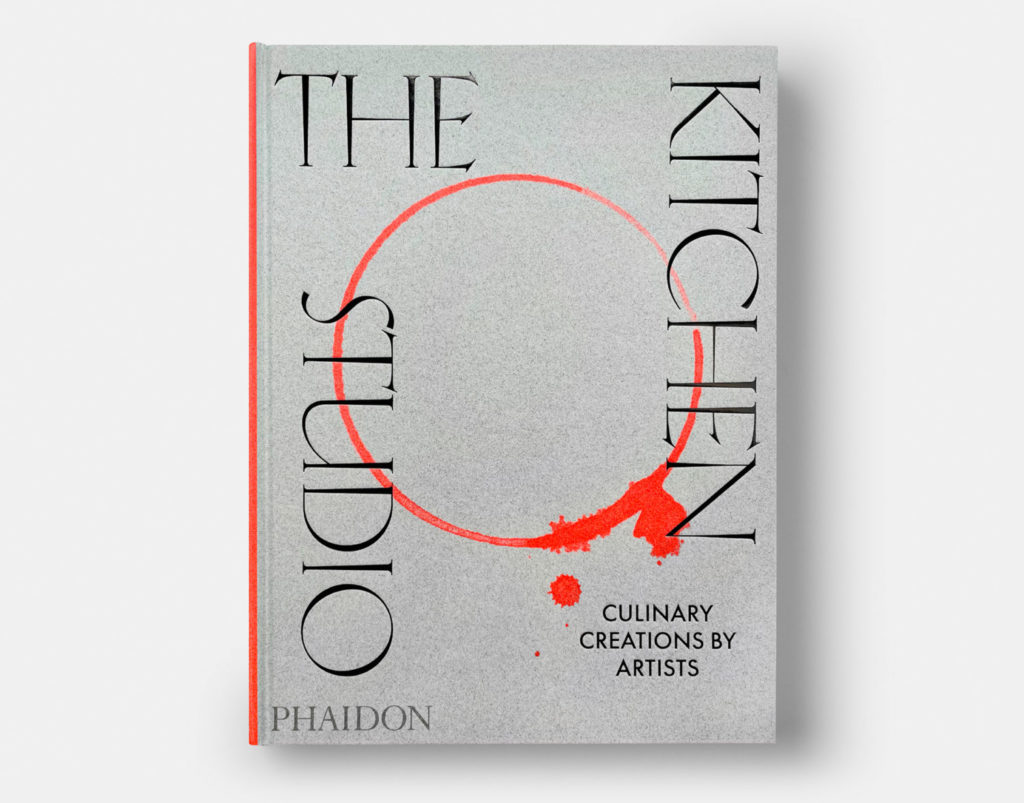
Phaidon
Charles Gaines (Southern-Style Candied Yams, there’s a whole recipe but he also made organic, math-based sculptures out of the gooey starch cubes, as he does); Lyle Ashton Harris (Lyle’s Greens, dedicated to his grandmother); Vik Muniz (Ravioli all’Uovo, a notoriously finicky recipe to master, along with some Picasso still life paintings of meals); Eamon Ore-Giron (Pachamanca—The Northern Soul Remix, a step-by-step ceremonial guide to community cooking); Martha Rosler (Patriotic Jell-O Salad, pretty sure it’s ironic and also she’s got toy soldiers inside the mold); Nicolas Party (Two Cherries, it’s really a poem about walking around the countryside looking for a cherry tree).
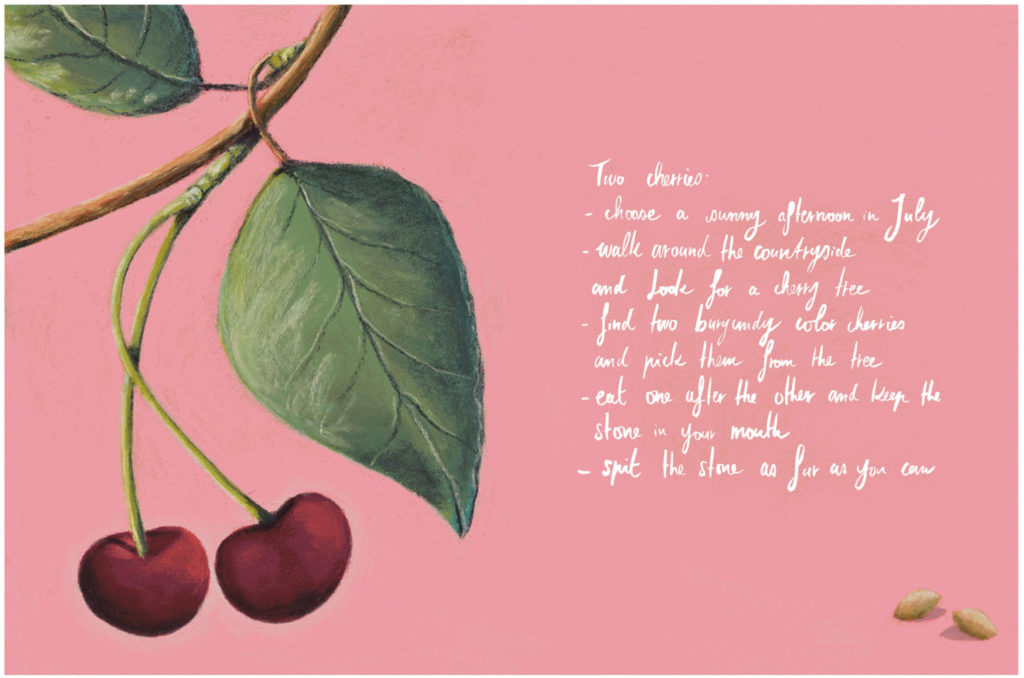
The Kitchen Studio (Phaidon) Nicolas Party: Two Cherries (Courtesy of the artist)
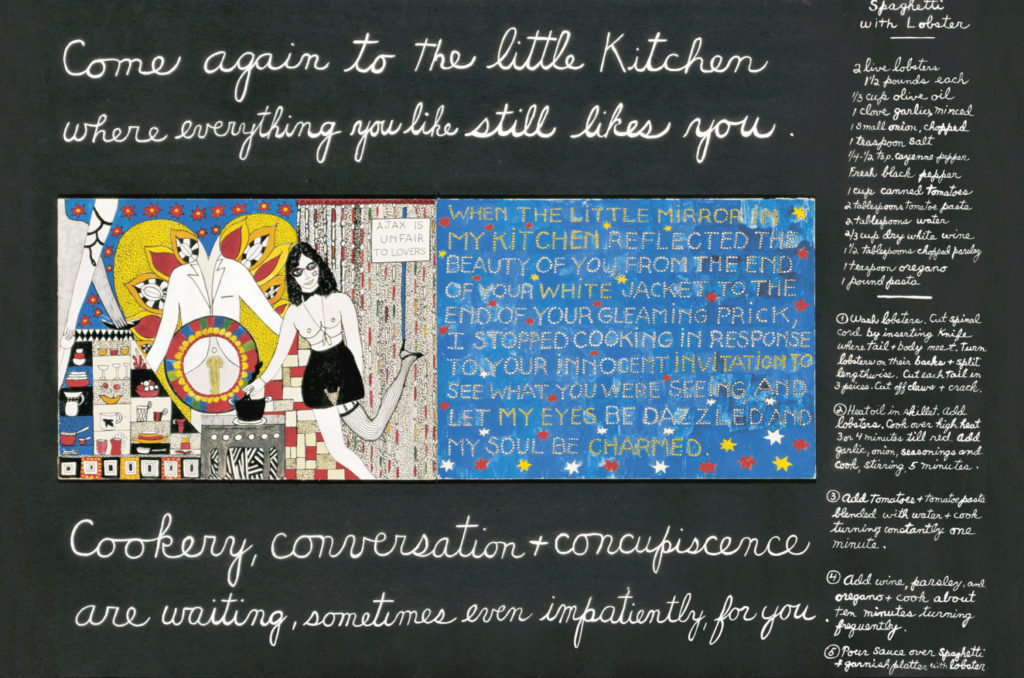
The Kitchen Studio (Phaidon) Dorothy Iannone: Cookery, Conversation & Concupiscence, 1983 (Courtesy the artist, Air de Paris and Peres Projects)
Fallen Fruit (How to Make Jam, the group known for working with organic edibles in community offers a riotous semi-instructional mood-board collage); Kehinde Wiley (Thieboudienne, the national dish of Senegal); Laura Wilson (The Humbrova, a pavlova-type meringue with its own cracking hammer); Olaf Breuning (Fake Japanese Breakfast, a series of naughty vegetables and staged pareidolia); Olafur Eliasson (Food Pigments on Studio Sourdough, reflecting his studio’s well-known in-house kitchen practices in prismatic, edible science experiments); Carsten Höller (The Brutalist Kitchen Manifesto, oddly, just what it sounds like—an ingredients-honoring, minimalistically plated, rules-based way of existing in food); and Abraham Cruzvillegas (Guacamole, decolonialized). phaidon.com
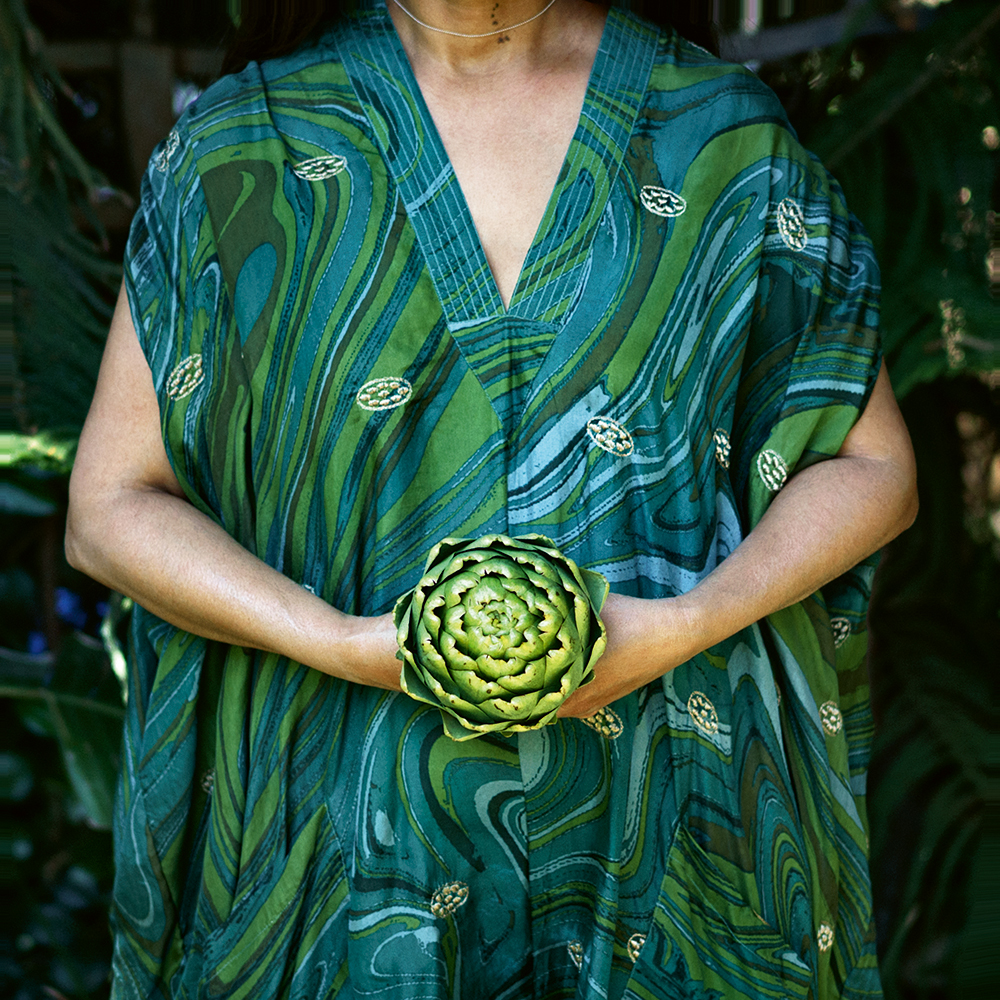
Rohina Hoffman: In Gratitude
Embrace (In Gratitude and Generation 1.75) by Rohina Hoffman (Schilt Publishing)
Photographer Rohina Hoffman explores aspects of her family heritage and its current reality through the nuanced, poetic contemplation of that most universal of languages: food. A metaphorical journey connecting her roots to daily rituals and family meals, sensitively designed by Caleb Cain Marcus, in Embrace, Hoffman, who also contributes writings in English and Hindi, combines two photographic projects—In Gratitude and Generation 1.75. Born in India in 1968, Rohina was raised by her grandparents until age 5, when she was reunited with her parents in America. Generation 1.75 is a poetic conversation about the intensely in-between identity of being neither first nor second generation, awash in memories of past places and other lives, but nevertheless thoroughly American. In Gratitude is much more concrete, but no less focused on family.
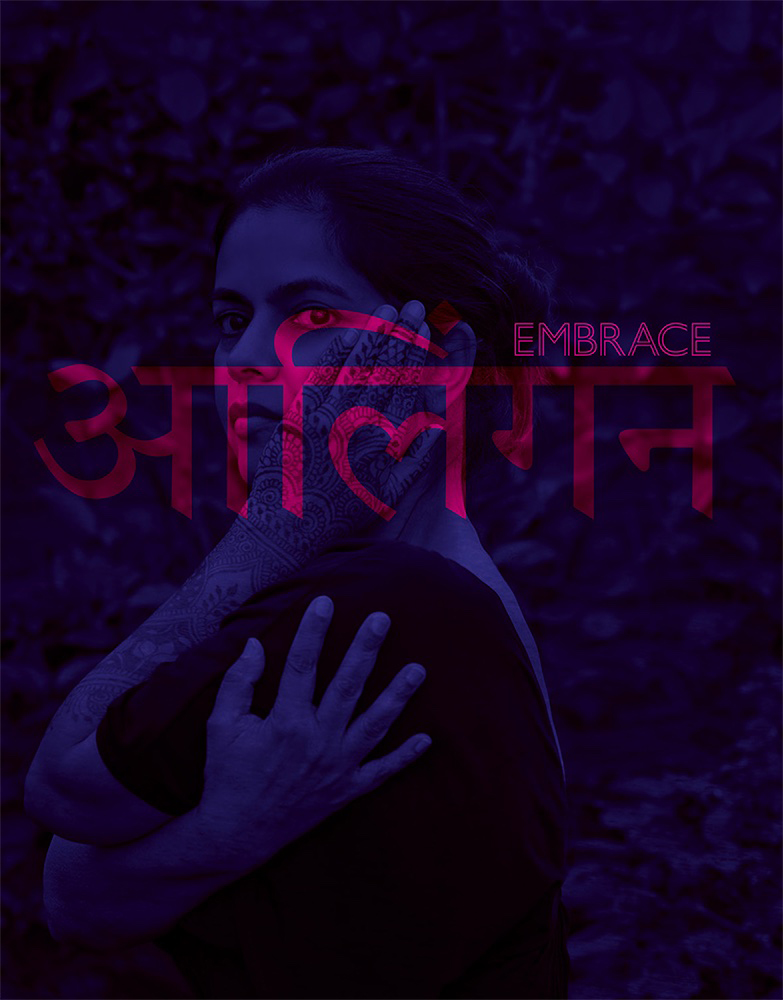
Rohina Hoffman: Embrace (Schilt Publishing)
During the initial and lengthening lockdown phase of the pandemic, Hoffman did what every artist was forced to do—express and process their experiences with whatever materials were at hand, finding new ways to tell the strangest story in the world. For Hoffman, food and family became both the literal subject of her images, and the metaphorical subject of her narrative. In a charming game of dress-up and conscious eating, Hoffman had her husband and children play with wardrobe styling before posing, ceremonially still, with a single ingredient of their evening meal in its whole, natural glory.
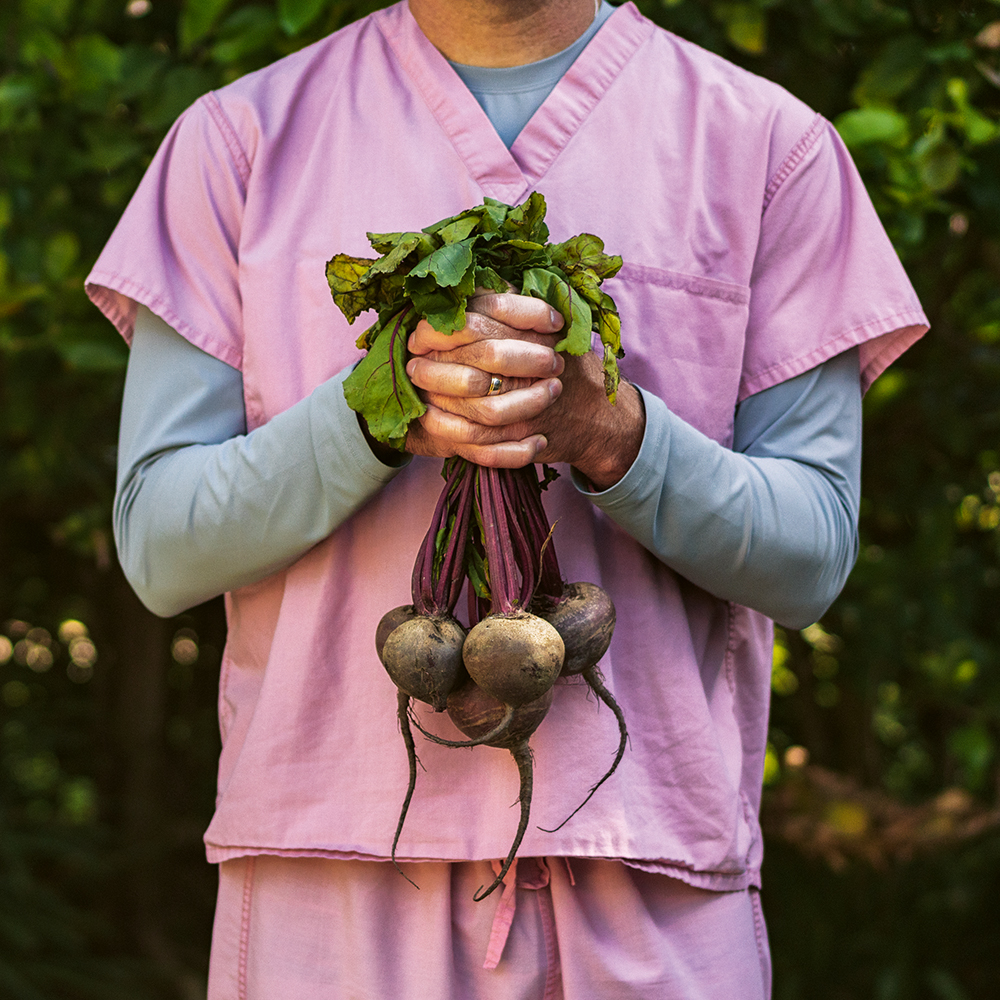
Rohina Hoffman: In Gratitude
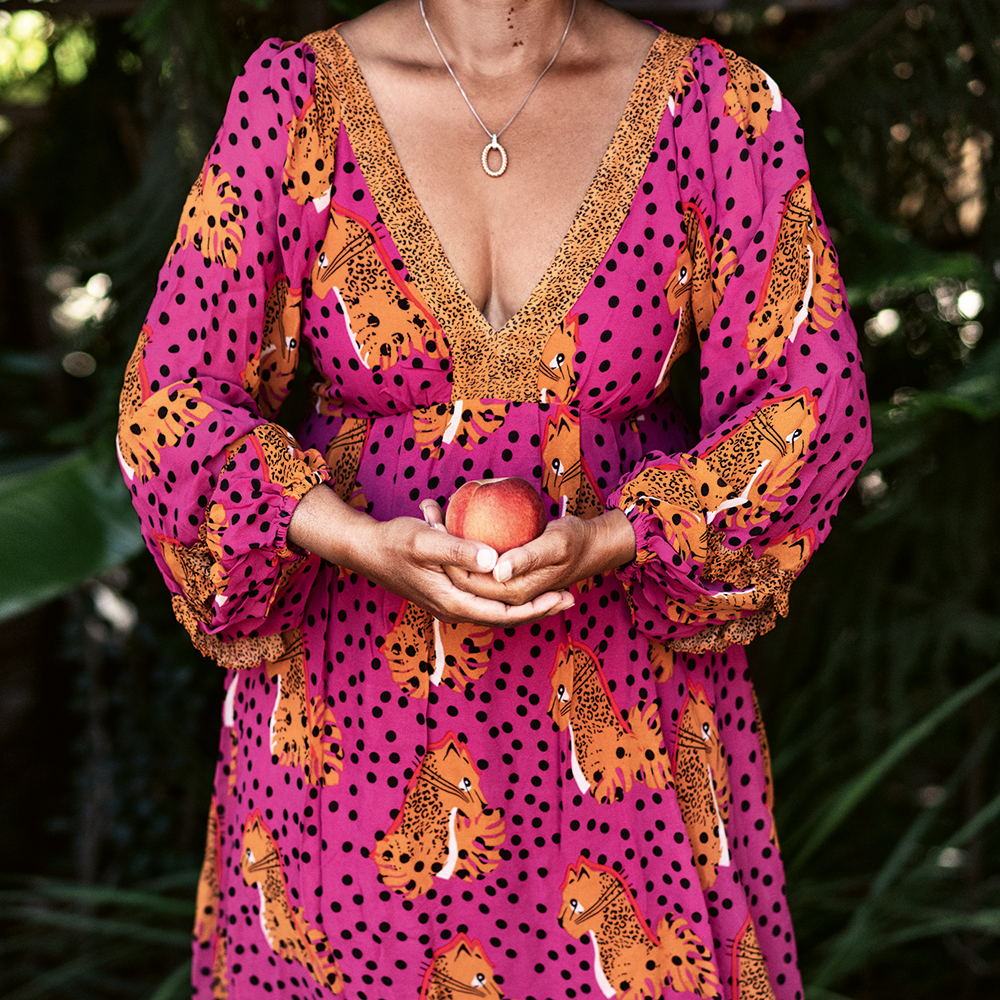
Rohina Hoffman: In Gratitude
Scabby, green-leafed, pendulous beets and a man in pastel hospital scrubs; a wiccan bunch of spiky rosemary and a girl with an aura of the bright and clean; a voluptuous squash and a woman in a cozy cashmere wrap; silly, sunny carrots against a gingham dress and thick braids; an onion and a slinky evening gown cry their tears together; a single juicy peach and a lively, optimistic animal print with a “do I dare” neckline—each picture tells a story that is both eternally simple with its universal offering, and powerfully fraught with its deeply personal memory. schiltpublishing.com
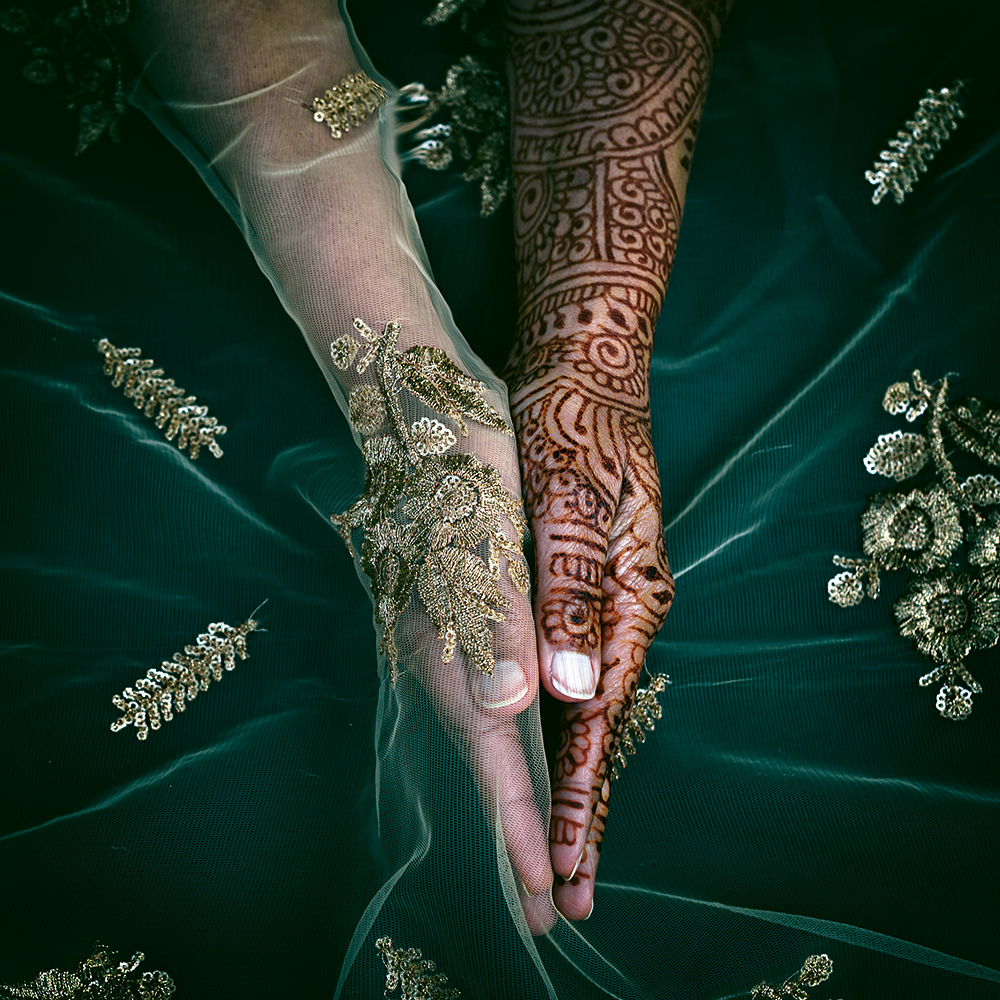
Rohina Hoffman: Generation 1.75
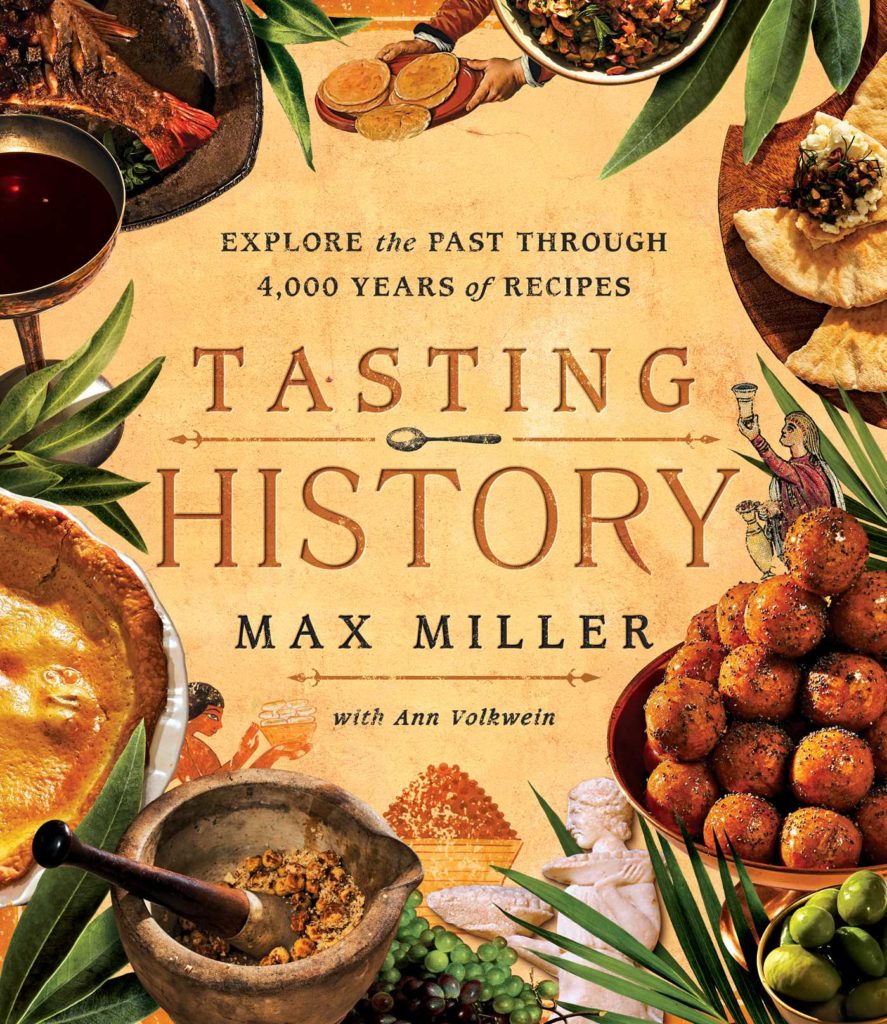
Simon & Schuster
Tasting History: Explore the Past Through 4,000 Years of Recipes by Max Miller (Simon & Schuster)
Like a lot of people (most people, probably) Max Miller’s lockdown boredom and pandemic work slowdown sent him chasing some pretty deep internet rabbit holes—in his case, the arcane, surreal, surprising, and delightful world of obscure food history. Also like a lot of people, Miller took up cooking. But what sets him apart is the magnificent way in which he combined these things into a single idea: exploring the vast world of global culinary history through not only diligent research, but devoted re-creation—sourcing as close to original artisanal and legacy ingredients as possible, but proceeding with modern culinary tools and gadgets. And then he put it all on YouTube, where all the other at-home, food-curious, at-home, binge-watching aesthetes could follow along. Three years later, Tasting History with Max Miller is closing in on two million subscribers.
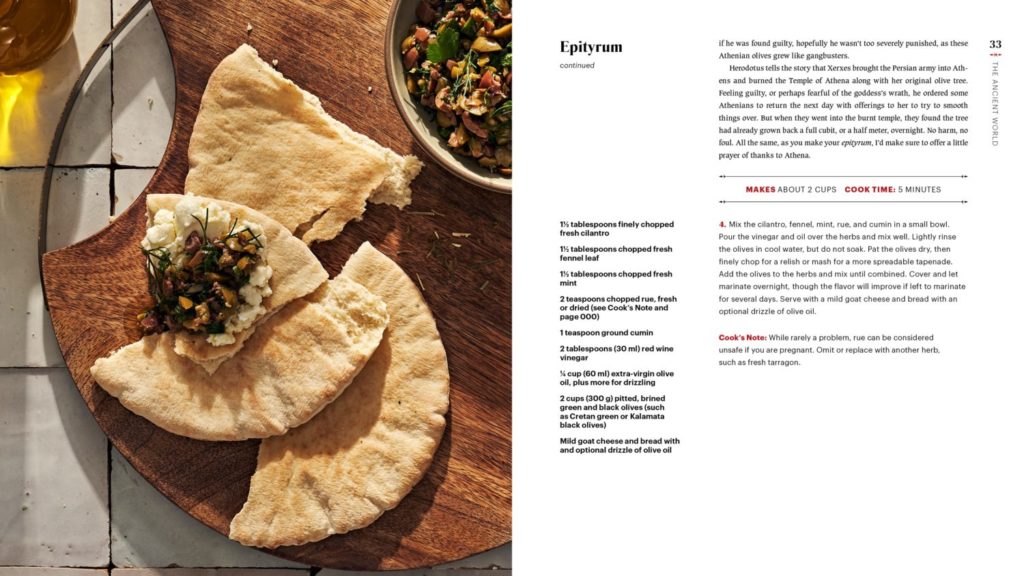
Tasting History (Simon & Schuster)
Like Julie & Julia with a little Indiana Jones (or maybe National Treasure), Miller good-naturedly and with obvious passion shares not only his experiments (some more successful than others) but also his research, by contextualizing his cooking within what he learned along the way about the people, culture, art, holidays, religious and other observations, global trade exploits, and agriculture that gave rise to the culinary traditions he revisits. From ancient Rome and its European and North African influences, to the heights of Ming Dynasty China, Europe in the agrarian Middle Ages and courtly Renaissance, and the fusion cuisines born of empire and immigration, for the lavishly illustrated book version, Miller selected 60 of the most popular and tasty recipes from the series, and presents the originals alongside his own modern versions.
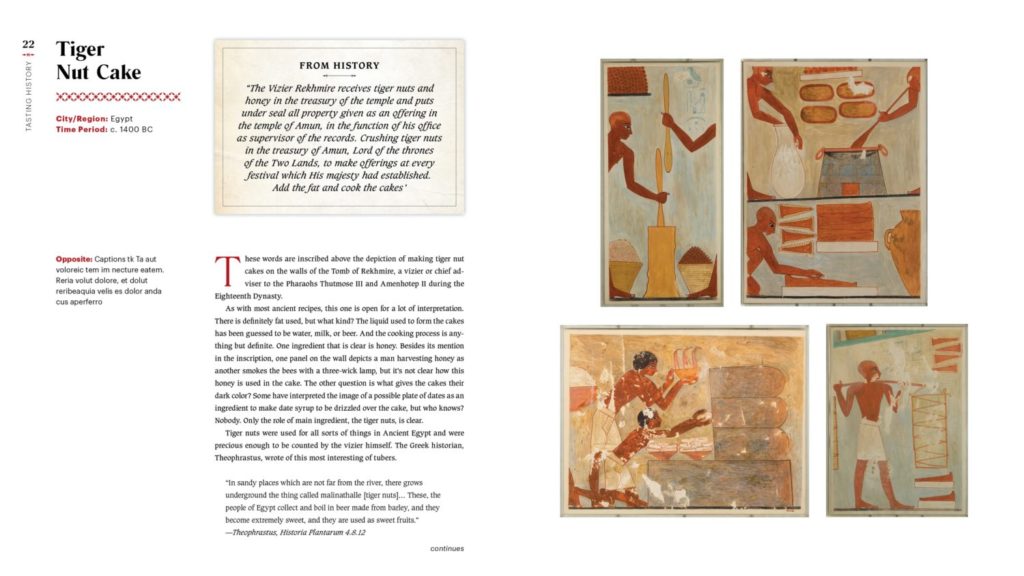
Tasting History (Simon & Schuster)
For example: Tuh’u, a red beet stew with leeks dating to 1740 BC; Soul Cakes, yeasted buns with currants from circa 1600; Pumpkin Tourte, a crustless pumpkin cheesecake with cinnamon and sugar beloved since 1570; pancakes that haven’t changed much since 1658 (don’t mess with perfection); and samosas that have made mouths water since 1590. With gourmet photography and thoughtful period artwork, the book (and videos) are the perfect way to make history come alive, in your imagination and on your palate. simonandschuster.com
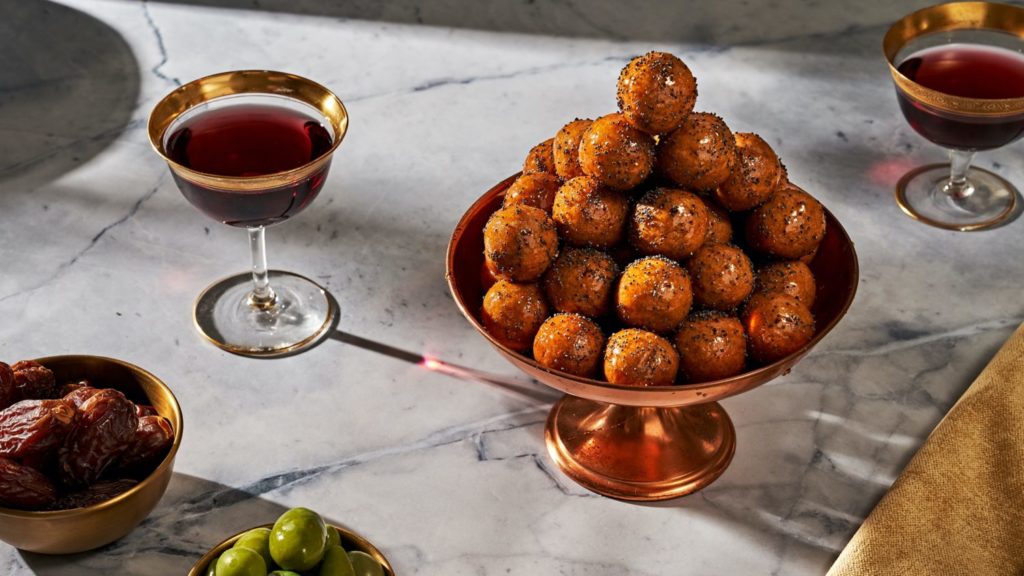
Tasting History (Simon & Schuster)
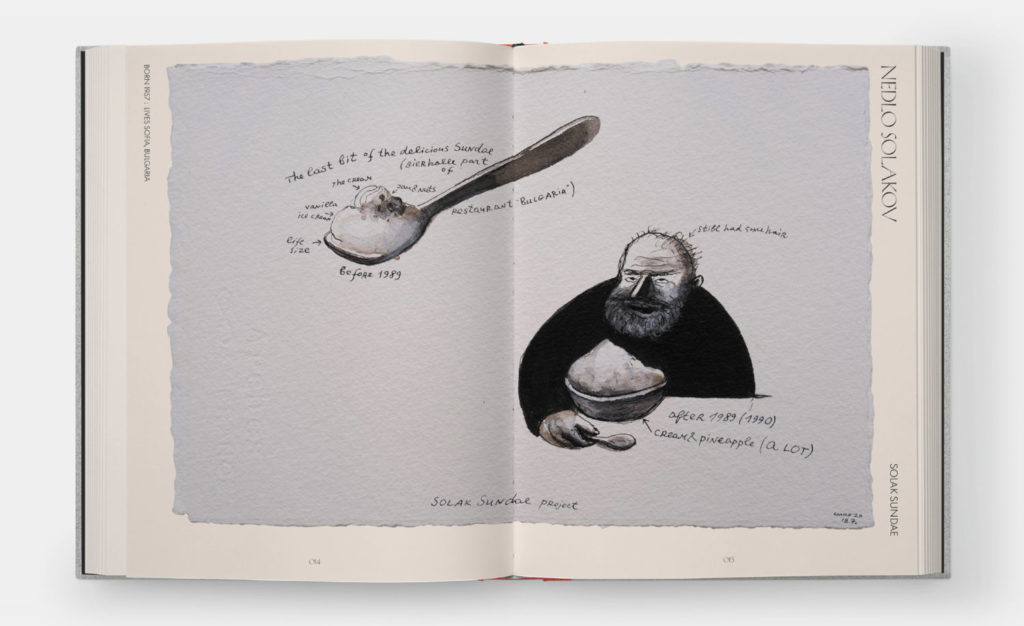
The Kitchen Studio (Phaidon). Nedlow Solakov.
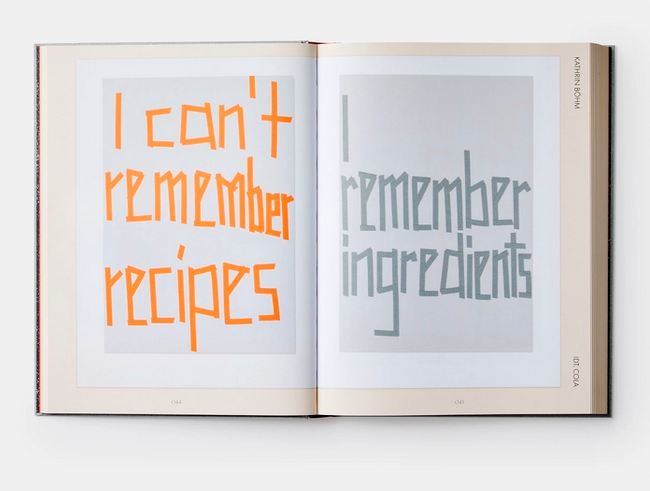
The Kitchen Studio (Phaidon). Katherin Bohm
Editor’s note: The disclaimer below refers to advertising posts and does not apply to this or any other editorial stories.
Advertising disclosure: We may receive compensation for some of the links in our stories. Thank you for supporting LA Weekly and our advertisers.

